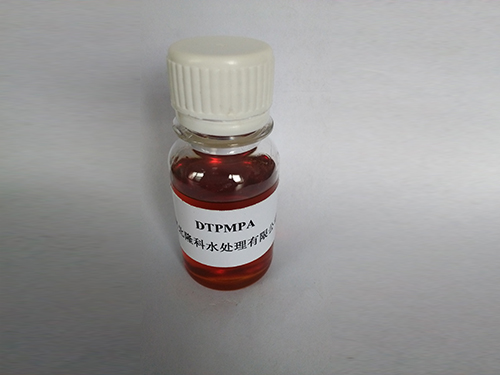pam flocculant
Understanding PAM Flocculants A Comprehensive Overview
Polyacrylamide (PAM) flocculants are high molecular weight synthetic polymers widely utilized in various industries, particularly in water treatment, paper production, and mineral processing. These versatile agents are known for their ability to enhance sedimentation and clarification processes by agglomerating suspended particles into larger flocs, which can then be easily removed from liquid mediums.
What is PAM?
Polyacrylamide is a polymer produced from the polymerization of acrylamide monomers in the presence of a cross-linking agent. The resulting structure comprises a long-chain molecule that can absorb water and form a gel-like consistency. Due to its hydrophilic nature, PAM is highly soluble in water and presents various functional groups, allowing for modifications that enhance its flocculating properties.
Types of PAM Flocculants
PAM flocculants can be categorized based on their charge properties
1. Anionic PAM These are negatively charged polymers and are most effective for precipitating positively charged particles. Anionic PAM flocculants are typically used in wastewater treatment and the pulp and paper industry.
2. Cationic PAM Cationic PAM flocculants carry a positive charge and are used for treatment applications involving negatively charged particles, such as organic materials and certain types of wastewater.
3. Nonionic PAM Nonionic PAM flocculants do not carry any charge and are used in applications where the charge characteristics of the particles are neutral or unknown. These flocculants enhance the overall settling performance without introducing additional charge.
Mechanism of Action
The flocculation process facilitated by PAM involves several crucial steps
1. Adsorption Once added to a suspension, PAM molecules adsorb onto the surface of particles, reducing the repulsive forces typically present between them due to surface charge.
pam flocculant

2. Interlinking PAM’s long polymer chains create a network that interlinks with the suspended particles, forming larger aggregates or flocs.
3. Settling The newly formed flocs have increased size and density, allowing them to settle out of the liquid phase more efficiently, thus clearing the water.
Applications of PAM Flocculants
1. Water Treatment PAM is extensively employed in municipal and industrial wastewater treatment. It helps in the removal of suspended solids and organic material, leading to clearer effluent suitable for discharge or further treatment.
2. Mining and Mineral Processing In mining, PAM is used to enhance the extraction of minerals by promoting the settling of tailings. This application is crucial for minimizing the environmental impact of mining operations.
3. Paper Industry In the production of paper, PAM facilitates the retention of fibers and fillers, thereby improving product quality and minimizing waste.
4. Agriculture PAM is also utilized in agricultural applications to improve soil structure and reduce erosion by promoting water retention.
Environmental Considerations
While PAM flocculants are highly effective, there are environmental concerns regarding their usage. Improper handling and disposal can potentially lead to issues, as the breakdown products of PAM may be harmful to aquatic ecosystems. It is essential to adhere to safety guidelines and use PAM flocculants responsibly to mitigate any adverse effects.
Conclusion
PAM flocculants represent a crucial innovation in the field of water treatment and various industrial applications. Their ability to remove suspended solids efficiently makes them invaluable in maintaining water quality and protecting environmental resources. While their benefits are significant, it is also imperative to consider environmental impacts and to pursue sustainable practices when utilizing these powerful polymers. Through ongoing research and development, PAM and its formulations will continue to evolve, offering enhanced solutions for tomorrow's industry challenges.
-
Water Treatment with Flocculant Water TreatmentNewsJun.12,2025
-
Polymaleic AnhydrideNewsJun.12,2025
-
Polyaspartic AcidNewsJun.12,2025
-
Enhance Industrial Processes with IsothiazolinonesNewsJun.12,2025
-
Enhance Industrial Processes with PBTCA SolutionsNewsJun.12,2025
-
Dodecyldimethylbenzylammonium Chloride SolutionsNewsJun.12,2025





